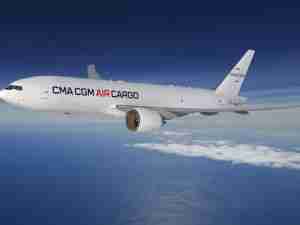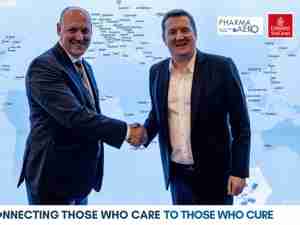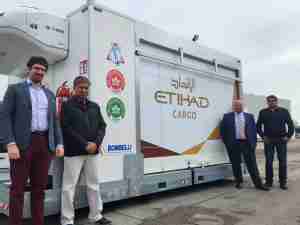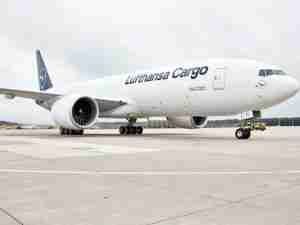"Our mission is to take the paper out of the cargo by the end of 2010. This is more than just a change, it is an industry revolution," said IATA Director General and CEO Giovanni Bisignani. Kicking off the air transport industry's first global conference dedicated to simplifying the cargo business, Bisignani said " We have an opportunity to create a harmonised system that reduces costs, facilitates global trade, improves security and helps our customers with a more user-friendly product, simply by using existing technology more effectively."
IATA e-freight is one of five Simplifying the Business projects launched in 2004 with a target of reducing industry costs by US$6.5 billion while making travel and shipping more convenient. In addition to e-freight, Simplifying the Business includes 100% electronic ticketing by the end of 2007, common use self service kiosks for check-in, bar coded boarding passes and radio frequency identification for baggage management.
"The air cargo business is drowning in paper. Every cargo shipment travels with up to 38 documents. Each year we could fill 39 747 freighters with the paper wasted on this documentation. We are slow. Despite having an agreement on electronic Airway Bills (e-AWB) as early as 1985, only 15% of shipments make use of this facility. And shipping times have not changed despite advances in technology. In 1972 the average time for an air cargo shipment was 6.5 days. In 33 years we have only reduced that by 12 hours to 6 days. IATA e-Freight will save US$1.2 billion each year and will enable shipping time to be reduced by up to 25%," said Bisignani.
IATA e-freight will be implemented in a two-stage process, starting with early adopters. "By the end of 2007 e-freight will be a reality on key targeted trade routes. And, by the end of 2010, 95% of world trade air cargo volume will be paper free. The vision beyond 2010 is to completely eliminate all paper across the full multi-modal supply chain," said Bisignani.
"If we don't arrive at our solutions'tailored to air transport'change will be forced upon us on three fronts," said Bisignani pointing to UN efforts to implement paperless world trade, stricter customs security requirements and customer calls for more efficient service.
"The industry is moving fast towards e-freight. I urge governments and customs authorities to work with equal speed to harmonise requirements and facilitate the change to ensure that e-freight is a global solution. We have five years to achieve a revolution. Governments, industry and our partners must be on board for this desperately needed change," said Bisignani.










